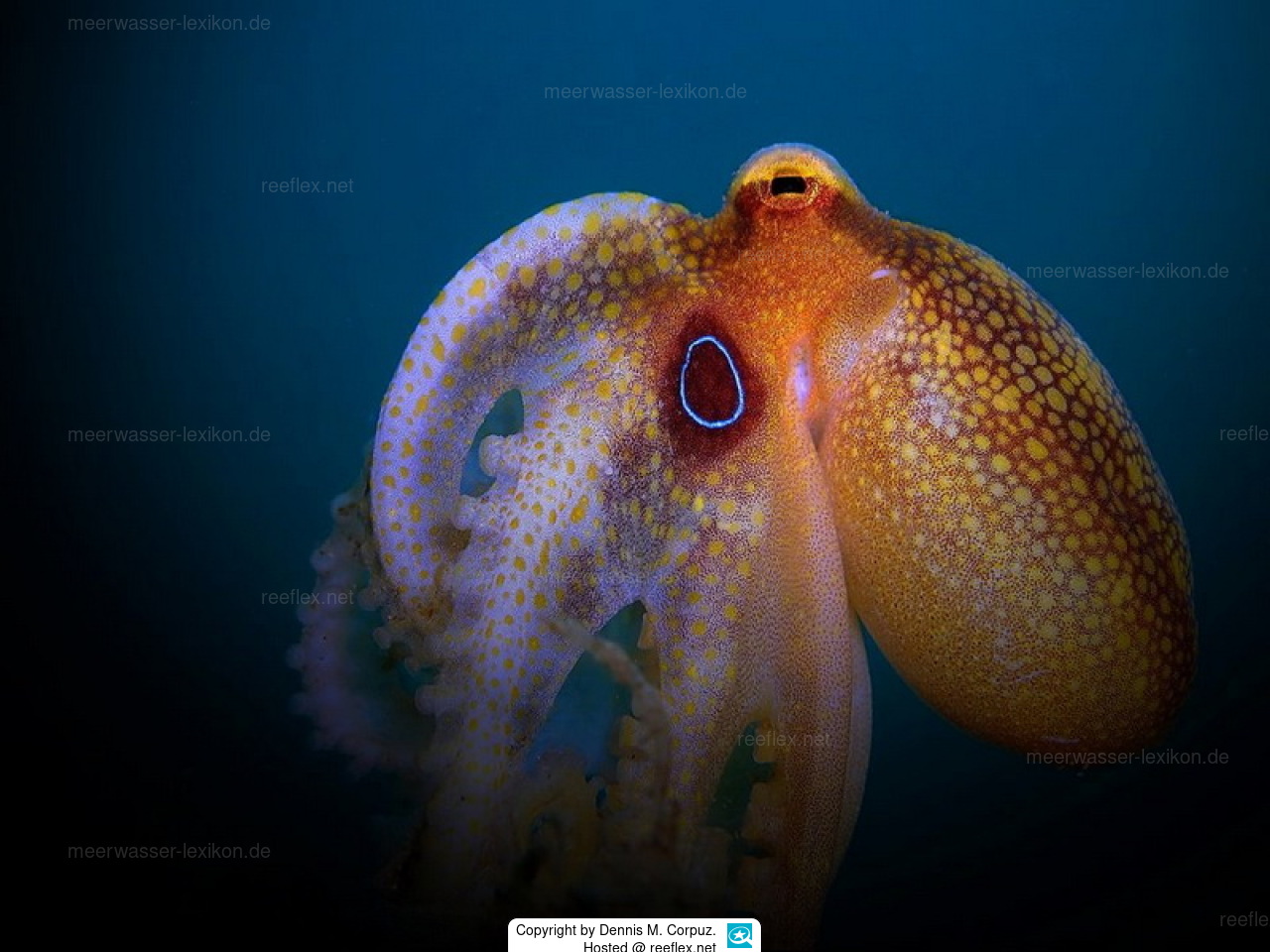Info
Hapalochlaena fasciata, Hapalochlaena lunulata, Hapalochlaena maculosa and Hapalochlaena nierstraszi, these octopuses show their high toxicity by many blue ringed circles on their bodies.
These 4 species possess the neurotoxin tetrodotoxin.
Now also the octopuses Amphioctopus mototi and Amphioctopus siamensis show blue curls, but not in the same amount as the Hapalochlaena species.
We consulted Dr. Gustav Paulay, who discovered and described Amphioctopus mototi on Rapa in 1980, about this.
The hint of toxicity came from indications of the natives of the island, Rapa, which belongs to French Polynesia.
A scientific confirmation of a toxicity is not known to unms so far, but the blue ringed circles strongly encourage reflection and advise absolute caution.
We have decided after longer considerations to keep the note "poisonous" with both Amphioctopus species for the time being.
So dear divers, please give this animal a wide berth!!!
Synonym:
Octopus siamensis







 Dennis M. Corpuz, Philippinen
Dennis M. Corpuz, Philippinen












